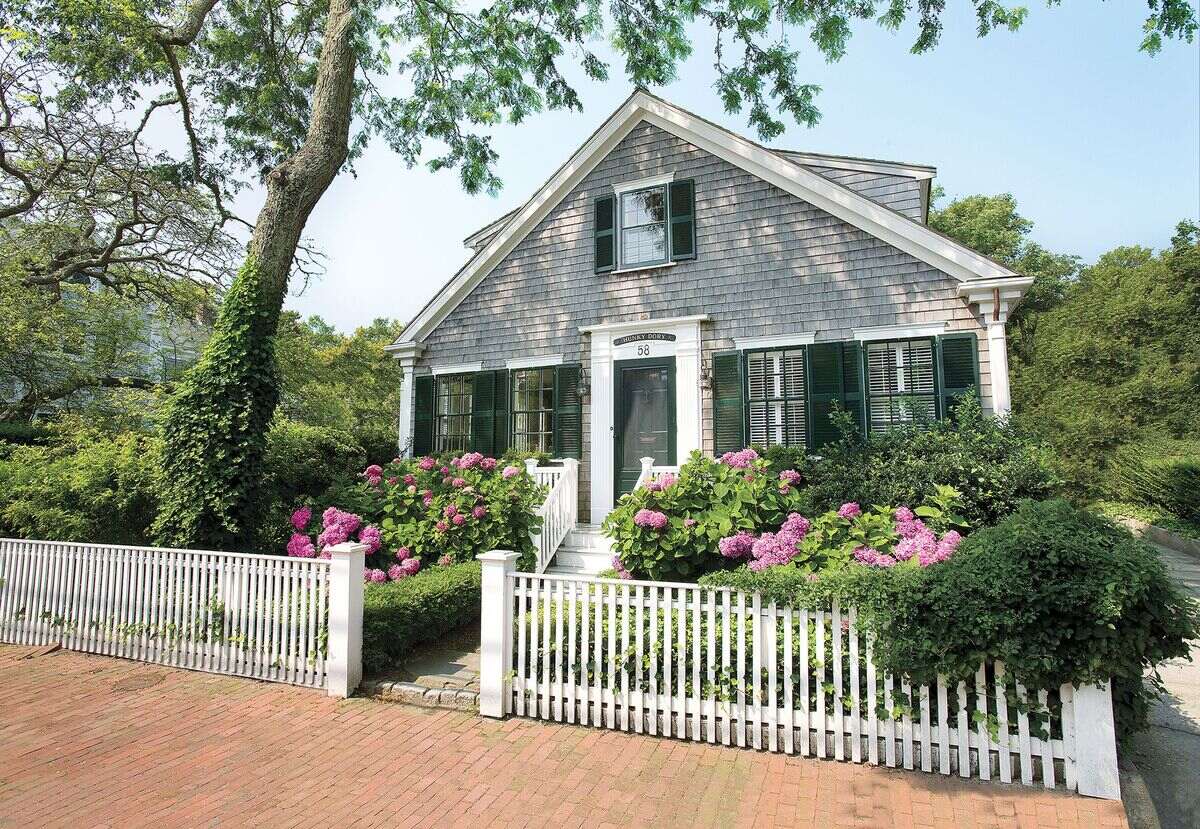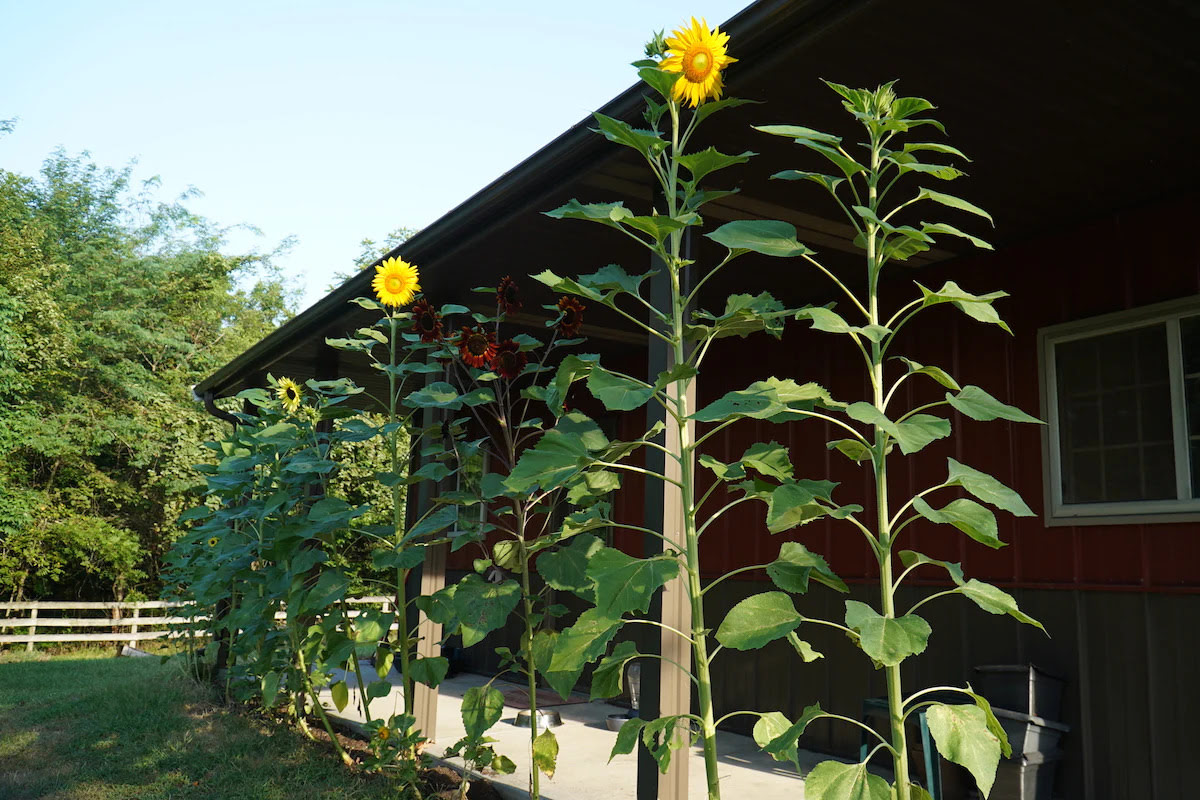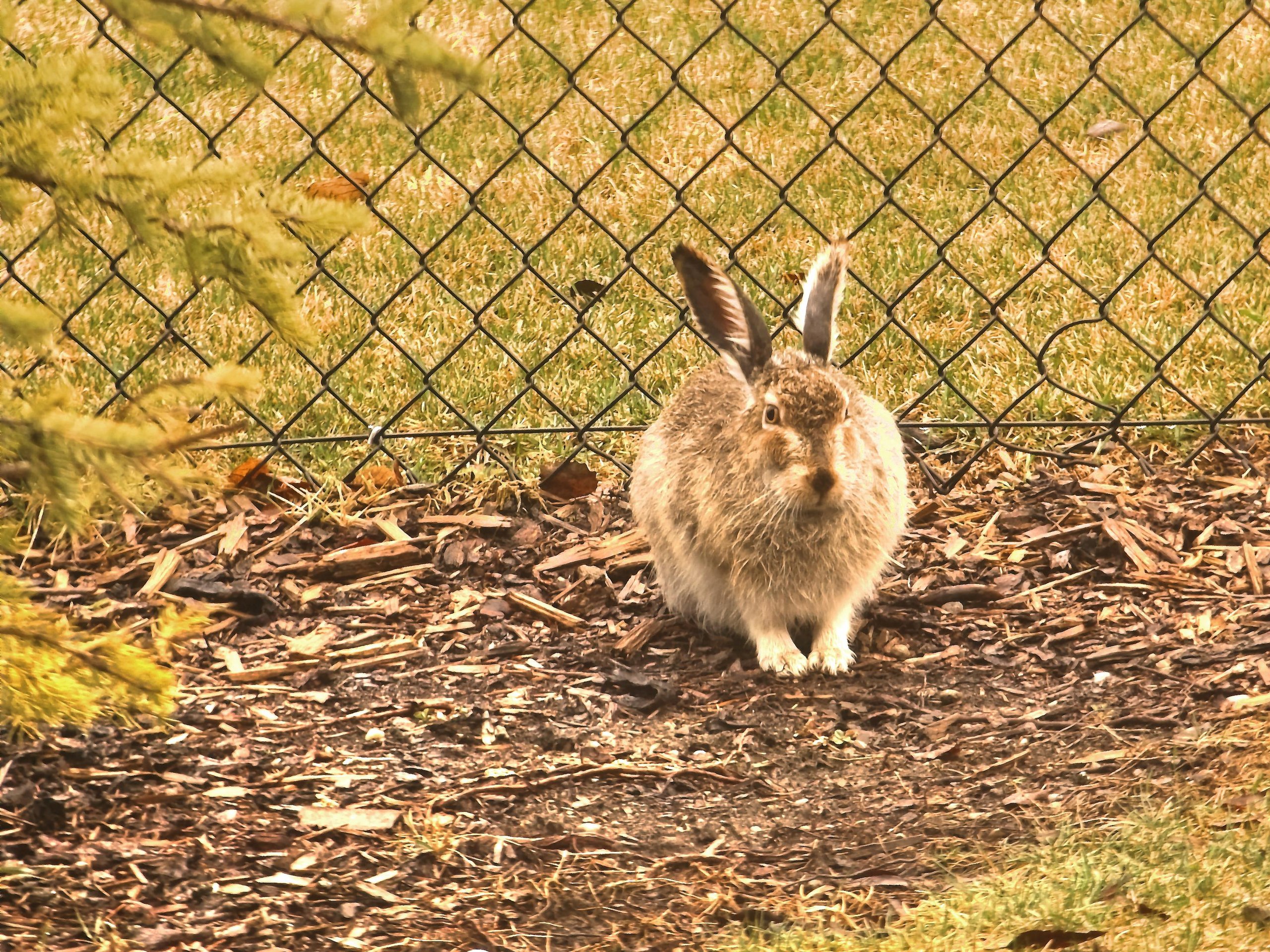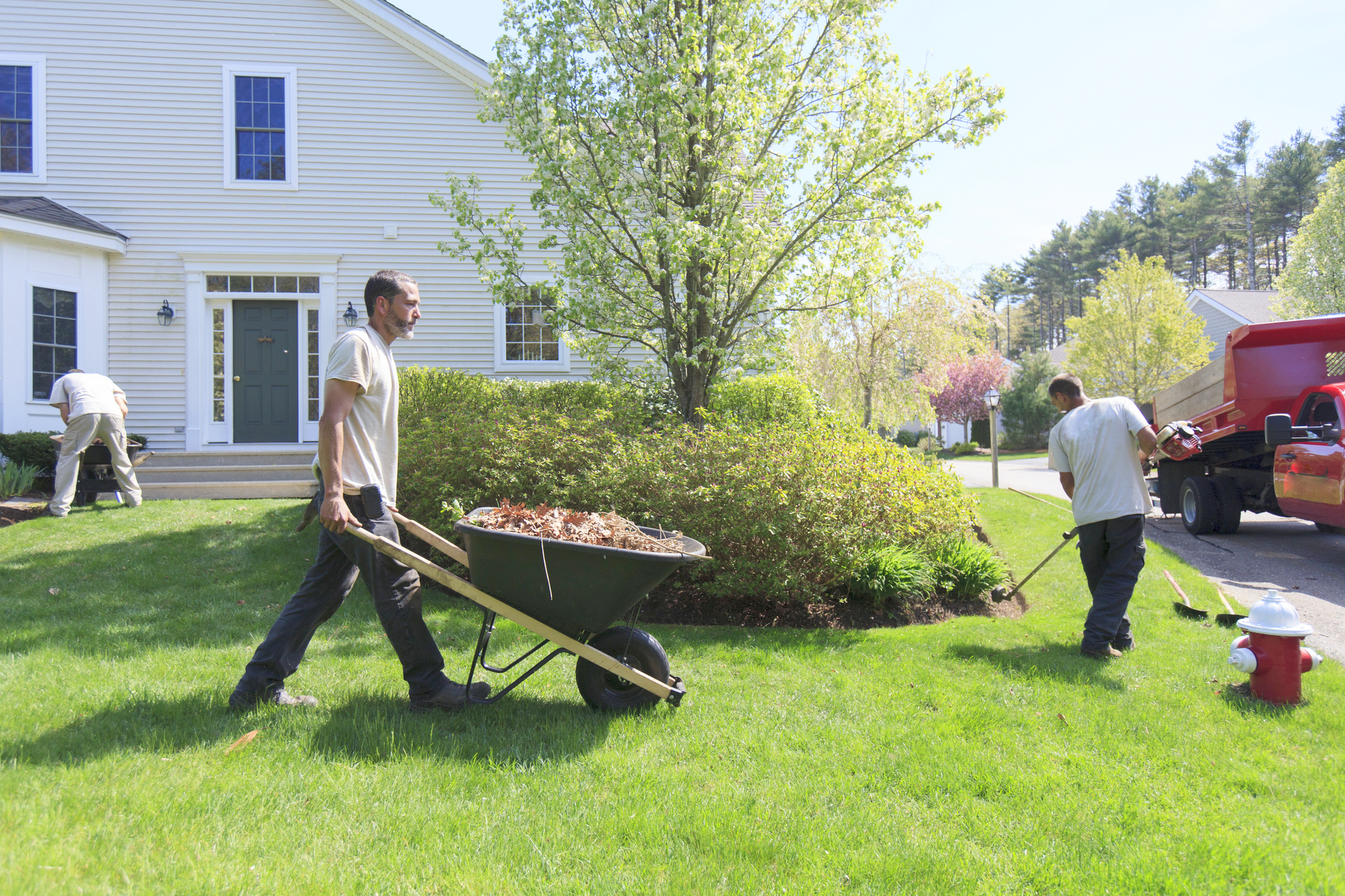Home>Garden Design>How Tall Can My Backyard Fence Be
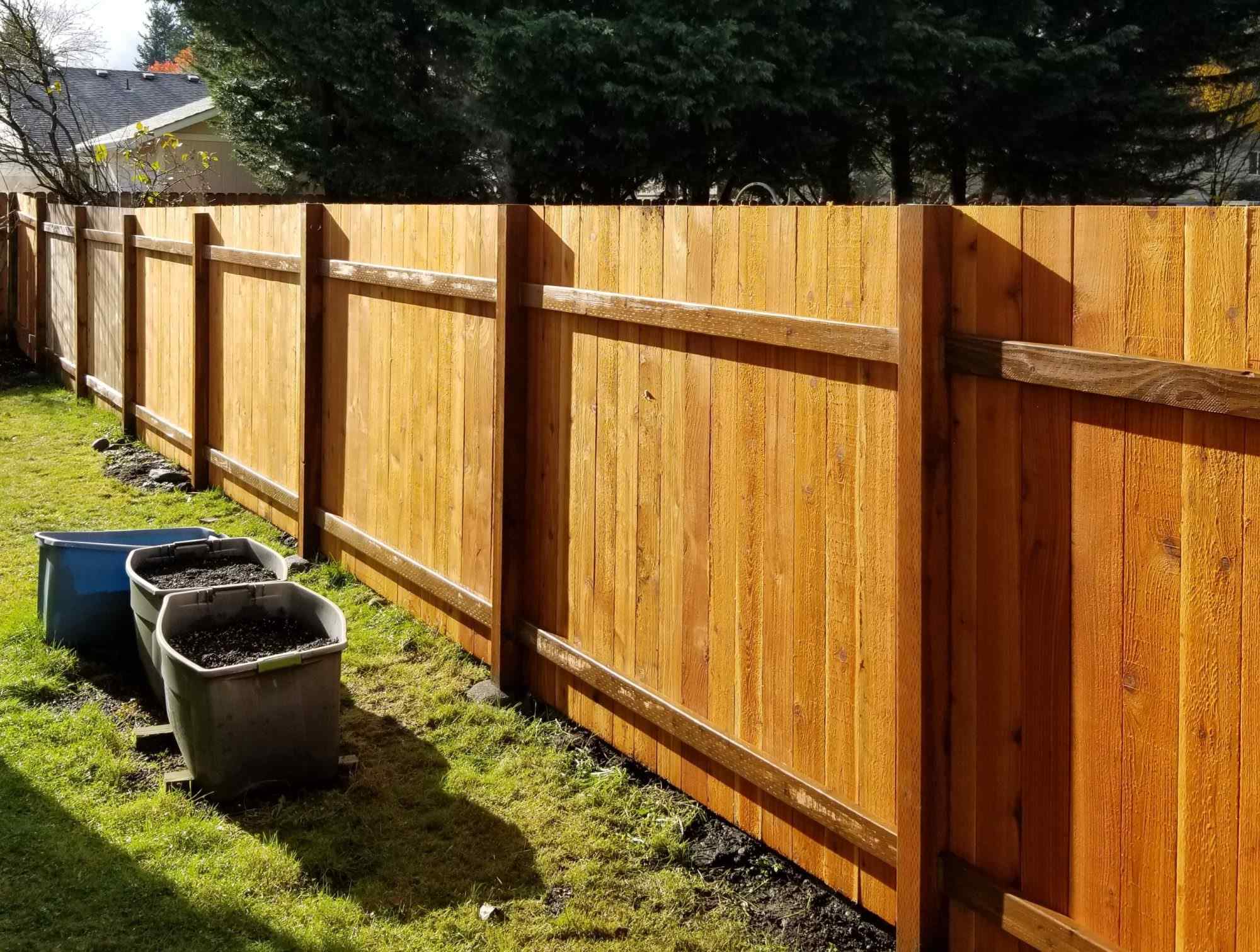

Garden Design
How Tall Can My Backyard Fence Be
Modified: January 22, 2024
Discover the ideal height for your backyard fence while planning your garden. Find out how tall you can go to ensure privacy and enhance the overall aesthetic.
(Many of the links in this article redirect to a specific reviewed product. Your purchase of these products through affiliate links helps to generate commission for Chicagolandgardening.com, at no extra cost. Learn more)
Table of Contents
Introduction
Welcome to the world of backyard fences! Whether you’re looking to add privacy, enhance security, or simply mark your property boundaries, a fence can be a valuable addition to your outdoor space. However, before you start planning the design and materials for your backyard fence, it’s essential to understand the regulations and restrictions that may govern its height.
Local jurisdictions and homeowners associations often have specific guidelines and limitations when it comes to fence heights. These restrictions are in place to promote uniformity, maintain aesthetic appeal, and ensure the overall safety of the community. By familiarizing yourself with these regulations, you can avoid unnecessary headaches and potential penalties.
In this article, we’ll explore the permissible heights for backyard fences and the various factors that can influence those limits. Additionally, we’ll discuss the importance of considering privacy and security requirements when deciding on the height of your fence. Lastly, we’ll provide some guidance on choosing the right fencing material and offer tips on maintaining your taller fence.
So, let’s dive in and discover just how tall your backyard fence can be!
Local Regulations and Restrictions
Before embarking on your journey to build a taller fence, it’s crucial to familiarize yourself with the local regulations and restrictions that govern fence height in your area. These regulations can vary widely depending on your city, county, or homeowners association.
Start by researching your local building codes and zoning regulations. These guidelines usually outline the maximum height restrictions for fences in residential areas. They may also specify any setback requirements, which determine how far the fence must be from property lines or other structures.
In addition to building codes, homeowners associations (HOAs) often have their own specific rules and regulations regarding fence height. If you live in a community with an HOA, it’s essential to review the governing documents and bylaws to ensure compliance with their guidelines.
Some areas may have exceptions to the height limitations for specific types of fences, such as privacy fences or fences surrounding swimming pools. These exceptions are typically for safety and privacy reasons, so it’s worth exploring if your intended use falls within these categories.
Remember to obtain the necessary permits and approvals before starting any construction. Failing to comply with local regulations or obtain the required permits can result in fines, penalties, or even having to dismantle and modify your fence.
In summary, familiarize yourself with the specific guidelines and restrictions for fence height in your area. Research the local building codes, zoning regulations, and HOA guidelines, if applicable. Understanding these regulations will help you plan your backyard fence project in compliance with the rules.
Permissible Fence Height Limits
When it comes to determining the height of your backyard fence, the permissible limits will depend on the local regulations and restrictions in your area. Generally, the height restrictions are in place to maintain the aesthetic appeal of the neighborhood and ensure the privacy and safety of residents.
The height limits for residential fences can vary significantly. In some areas, the maximum height may be as low as 4 or 6 feet, while in others, it can be as high as 8 or even 10 feet. These measurements are typically from the ground to the highest point of the fence.
It’s important to note that different areas may have different height limits for front yard fences compared to backyard or side yard fences. Front yard fences often have lower height restrictions to maintain an open and welcoming appearance to the street.
Furthermore, some jurisdictions may implement stepped height regulations, where the maximum height varies based on the distance from the property line. For example, a fence may be allowed to be taller nearer to the rear of the property but must be shorter near the front or sides.
It’s also worth mentioning that there may be additional restrictions for corner lots or fences near intersections to preserve visibility and prevent hazards for drivers. These restrictions may require lower fence heights or even limitations on the types of fences allowed.
Additionally, regulations may require you to obtain consent from neighboring property owners if your proposed fence exceeds a certain height. This is to ensure that the fence doesn’t obstruct their views or create unnecessary conflicts.
To determine the precise permissible height limits for your backyard fence, consult the local building codes, zoning regulations, and HOA guidelines, if applicable. Consider reaching out to the appropriate authorities or professionals for guidance to ensure compliance.
Remember, it’s important to adhere to the height limits to maintain a harmonious neighborhood while preserving your privacy and security. By understanding and respecting these regulations, you can build a fence that meets your needs while complying with the rules.
Factors Affecting Fence Height
When determining the height of your backyard fence, it’s essential to consider various factors that can influence the optimal height for your specific needs. These factors can range from practical considerations to personal preferences and include:
- Privacy: One of the primary reasons people install fences is to increase privacy in their outdoor spaces. If privacy is a significant concern for you, consider a taller fence that obstructs the view from neighboring properties or public spaces.
- Security: A taller fence can provide an added layer of security by deterring intruders or restricting access to your property. Consider the desired level of security and whether a taller fence would be more effective in achieving that goal.
- Aesthetics: The height of your fence plays a role in the overall appearance and aesthetics of your outdoor space. Consider the style of your home, the surrounding landscape, and how the fence will complement the overall design.
- Wind Resistance: In windy areas, a taller fence may be more susceptible to strong gusts. Consider the impact of wind on a taller fence and opt for sturdier materials or wind-resistant designs if necessary.
- Visibility: Depending on your location and surroundings, you may want to maintain visibility both inside and outside of your property. In such cases, a shorter fence or options like picket fences may be more suitable.
- Local Climate: The climate in your area can influence fence height decisions. Consider factors such as snowfall, heavy rain, or excessive heat which can affect the durability and maintenance of a taller fence.
It’s important to evaluate these factors and strike a balance between functionality and aesthetics when deciding on the height of your backyard fence. Consider consulting with professionals or discussing with neighbors who have similar fences to gather insights and make an informed decision.
Remember, while regulations and restrictions set limits on fence height, these factors will help you determine the most suitable height for your specific situation. By considering these factors, you can ensure that your fence not only meets the requirements but also fulfills your unique needs and preferences.
Considering Privacy and Security
Privacy and security are two essential considerations when planning the height of your backyard fence. The right fence height can create a safe and secluded outdoor space for you and your family. Here are some aspects to consider:
Privacy: If privacy is a top priority, opting for a taller fence can help create a secluded environment where you can relax and enjoy your outdoor space without feeling exposed to your neighbors or passersby. A higher fence can obstruct the view into your yard, providing you with a greater sense of privacy and tranquility.
Security: A taller fence can also enhance the security of your property by serving as a deterrent to potential intruders. It acts as a physical barrier, making it more difficult for unauthorized individuals to access your yard. The added height can discourage trespassing and provide an extra layer of protection for your home and family.
When considering privacy and security, it’s important to strike a balance that aligns with your specific needs. While a taller fence may offer enhanced privacy and security, it’s crucial to check with local regulations to ensure compliance with height restrictions. You may need to obtain permits or seek approval from your local authorities or HOA before proceeding with a taller fence installation.
Additionally, it’s worth considering how the design and material of the fence can affect privacy and security. For utmost privacy, solid panels or closely spaced slats can be used to prevent visibility from outside. On the other hand, if you want to maintain some visibility while still ensuring security, options like semi-private or picket fences can serve the purpose.
Remember to consider your surroundings and the level of privacy and security you desire when determining the fence height. By finding the right balance, you can create an outdoor space that meets your needs while respecting the regulations and maintaining a cohesive look within your neighborhood.
Choosing the Right Material
When planning your backyard fence, selecting the right material is crucial for both aesthetics and durability. Different materials offer unique characteristics, so it’s essential to consider your specific needs and preferences before making a decision. Here are some common options to consider:
- Wood: Wood is a classic and versatile choice for backyard fences. It offers a natural and timeless look that can complement various architectural styles. Wood fences can be customized in terms of height, style, and color, providing flexibility in design. However, regular maintenance, such as sealing and staining, is required to protect the wood from weathering and to extend its lifespan.
- Vinyl: Vinyl fences have gained popularity due to their low maintenance requirements and durability. They are available in a variety of colors, styles, and heights. Vinyl is resistant to rot, pests, and fading, making it a long-lasting option. Additionally, it doesn’t require painting or staining, making it an attractive choice for those who prefer minimal maintenance.
- Metal: Metal fences, such as aluminum or wrought iron, offer durability, strength, and security. They can be designed with intricate patterns or simple, sleek designs. Metal fences require minimal maintenance and are resistant to rotting or warping. However, they can be more expensive than other materials and may not provide as much privacy as solid options.
- Composite: Composite fencing is a blend of wood fibers and recycled plastic, offering the appearance of wood with the low-maintenance benefits of vinyl. It is resistant to rot, cracking, and fading, making it a durable option. Composite fences are available in various styles and colors, allowing you to find the perfect match for your outdoor aesthetic.
- Chain Link: Chain link fences are a practical and affordable option for securing your backyard while maintaining visibility. They are typically available in standard heights, so if height is a concern, privacy slats or mesh fabric can be added for increased privacy. Chain link fences require minimal maintenance, and their galvanized or vinyl-coated options offer protection against rust and corrosion.
When choosing the right material, consider factors such as maintenance requirements, cost, durability, and desired aesthetic. Evaluate how each material aligns with your needs for privacy, security, and the overall look you want to achieve in your backyard.
Research different materials, explore samples, and consult with fencing professionals to gain a better understanding of what each option offers. Keep in mind your local regulations and restrictions, as some materials may have specific height limitations or may not be allowed in certain areas.
Ultimately, selecting the right material for your backyard fence will ensure a long-lasting and visually appealing addition to your outdoor space.
Maintaining Your Taller Fence
Once you have constructed your taller fence, it’s important to establish a regular maintenance routine to keep it in good condition and prolong its lifespan. Proper care and maintenance will ensure that your fence continues to serve its purpose effectively. Here are some essential tips for maintaining your taller fence:
- Cleaning: Regularly clean your fence to remove dirt, debris, and mildew. Depending on the material, you can use a mild detergent and water or a specialized cleaner. For wooden fences, be cautious not to use bleach or harsh chemicals that can damage the wood.
- Inspecting: Routinely inspect your fence for any signs of damage, such as loose boards, rusty parts, or broken hardware. Repair or replace any damaged or worn-out components promptly to prevent further deterioration and maintain the structural integrity of the fence.
- Sealing/Staining: If you have a wooden fence, consider applying a protective sealant or stain every few years to enhance its durability and appearance. This will help protect the wood from moisture, UV rays, and pests, extending its lifespan.
- Trimming Vegetation: Keep vegetation trimmed and away from the fence to prevent plants from growing into the structure. Overgrown plants can put pressure on the fence, potentially causing damage or affecting its stability.
- Protecting Against Elements: Depending on your location and weather conditions, you may need to take additional precautions. For example, in areas with heavy snowfall, you may need to reinforce the fence or remove accumulated snow to prevent damage. Similarly, in coastal areas, consider using materials that are resistant to saltwater corrosion.
- Painting/Repainting: If you have a metal or iron fence, regular painting or repainting can help prevent rust and enhance its visual appeal. Follow the manufacturer’s recommendations regarding priming and painting techniques for the specific type of metal.
By following these maintenance tips, your taller fence will remain in excellent condition, retaining its functionality and attractiveness for years to come.
If you’re unsure about the maintenance requirements for your specific fence material, consult the manufacturer’s instructions or seek advice from professionals experienced in fence maintenance. They can provide insights and recommendations tailored to your specific fence type and local conditions.
Remember, regular maintenance not only extends the lifespan of your fence but also preserves its beauty and effectiveness in providing privacy and security for your backyard.
Conclusion
Planning your backyard fence, specifically its height, is a crucial step in creating a functional and aesthetically pleasing outdoor space. By understanding the local regulations and restrictions, you can ensure compliance and avoid unnecessary headaches. Additionally, considering factors such as privacy, security, and the right material can help you make an informed decision that aligns with your specific needs and preferences.
Remember to research the height limitations set by building codes, zoning regulations, and homeowners associations in your area. These regulations help maintain uniformity and safety within the community. Consulting with professionals and obtaining necessary permits will ensure a smooth construction process.
When considering the height of your fence, think about the desired level of privacy, security, and how it fits into the overall aesthetic of your outdoor space. Also, take into account factors such as wind resistance, visibility, and the local climate to make the right choice for your specific situation.
Choosing the right material is equally important, as it affects the fence’s durability, maintenance requirements, and longevity. With a variety of options available, consider factors such as cost, maintenance, and desired appearance to select the material that best meets your needs.
Once your taller fence is constructed, regular maintenance is essential. Cleaning, inspecting, and proper upkeep will ensure that your fence remains in good condition. By following maintenance guidelines specific to your material, you can prolong its lifespan and retain its functionality and attractiveness.
In conclusion, planning your backyard fence’s height requires careful consideration of local regulations, personal needs, and aesthetic preferences. By understanding the rules, choosing the right material, and maintaining the fence regularly, you can create a private, secure, and visually appealing outdoor space that enhances your enjoyment of your property.

